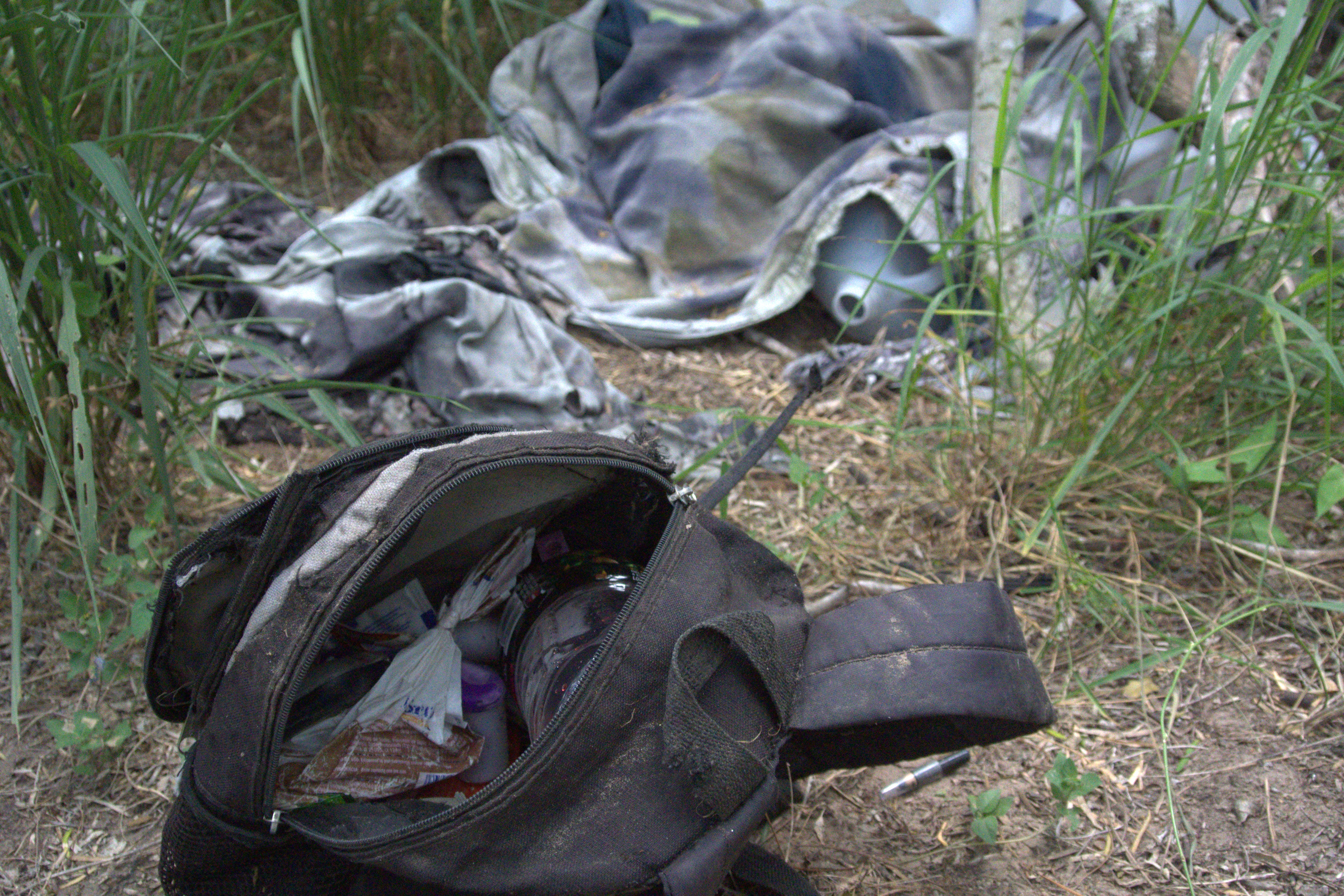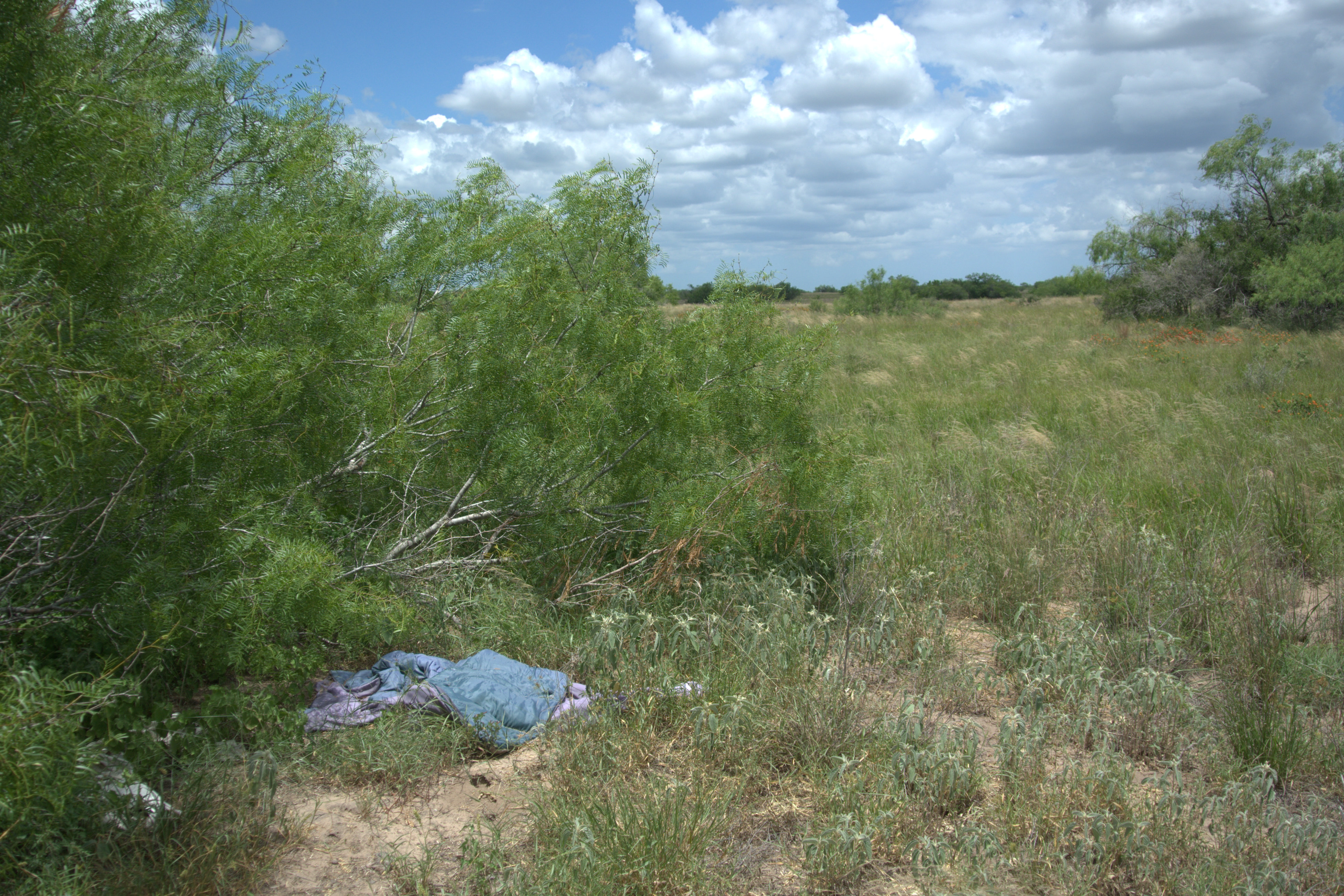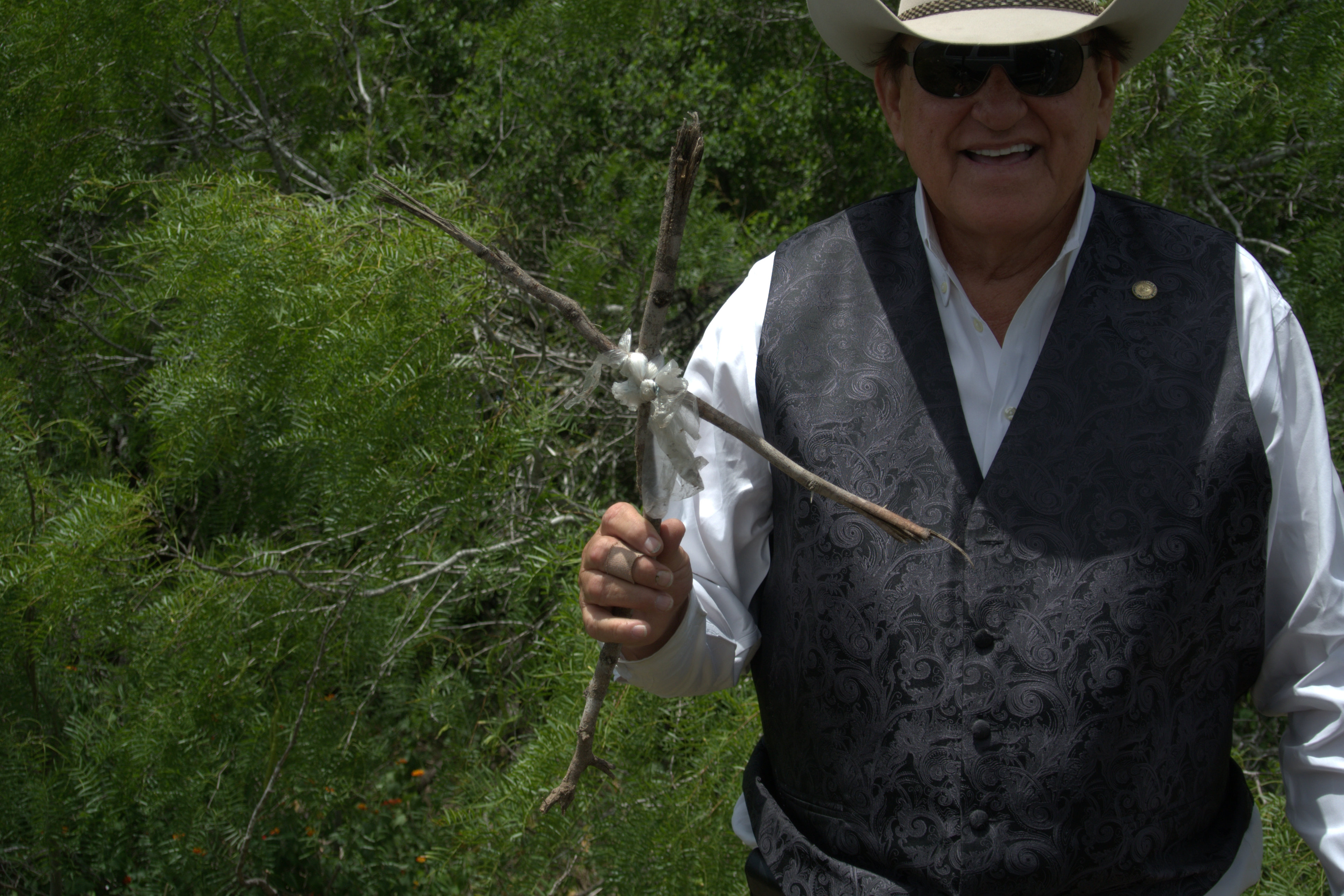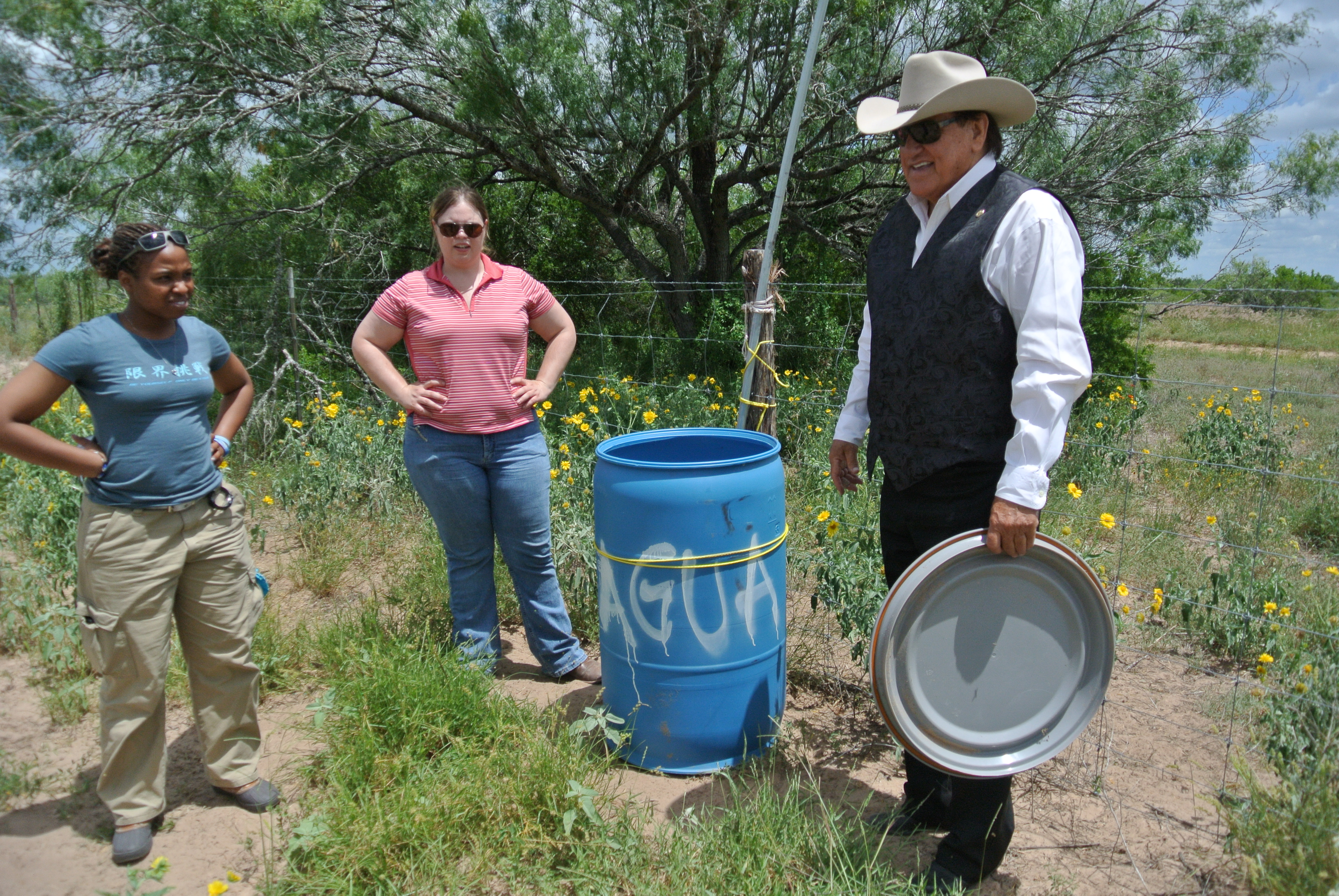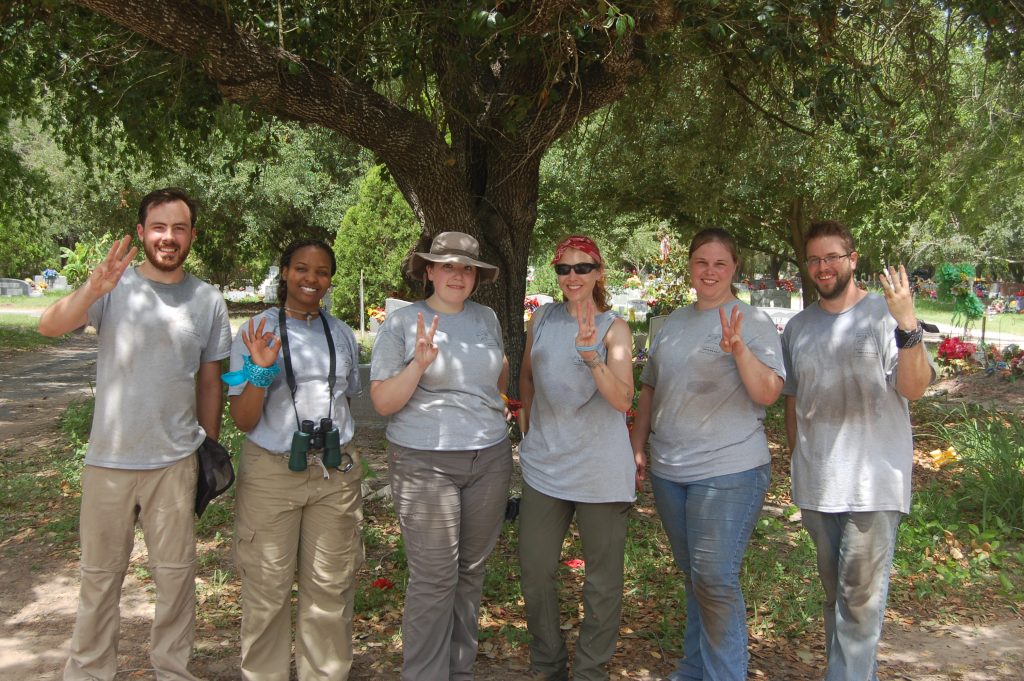Today had its highs, lows, and in between. Once again late to breakfast I will be on time tomorrow (maybe). Once we got to the site we got started right away, we set a goal and we were able to accomplish our goal by the end of the day. However there has been a controversy among our group. This has started to be a serious issue among our team. There are two types of shovels on site, a tall shovel and a short shovel (with a handle). You see, I am considered an average height individual and the tall shovel literally comes to my head. So why use a shovel almost taller than me. I have been trying to convince the team that the short shovel is better and they should all convert to the short shovel. However they constantly disagree and persist on using the tall shovel. But little do they know they will slowly start to change their minds and eventually before the trip is over they will all convert to the short shovel. I already have witnessed Dr. Latham using the short shovel and I personally think it’s a good look. Other than that everything is great on scene and this is a great group of people. After the work on scene I was ready to take a nap and get ready to for the amazing dinner at Arturo’s house I have been told about. But before I was able to take my nap I was offered a chance to go to a ranch.
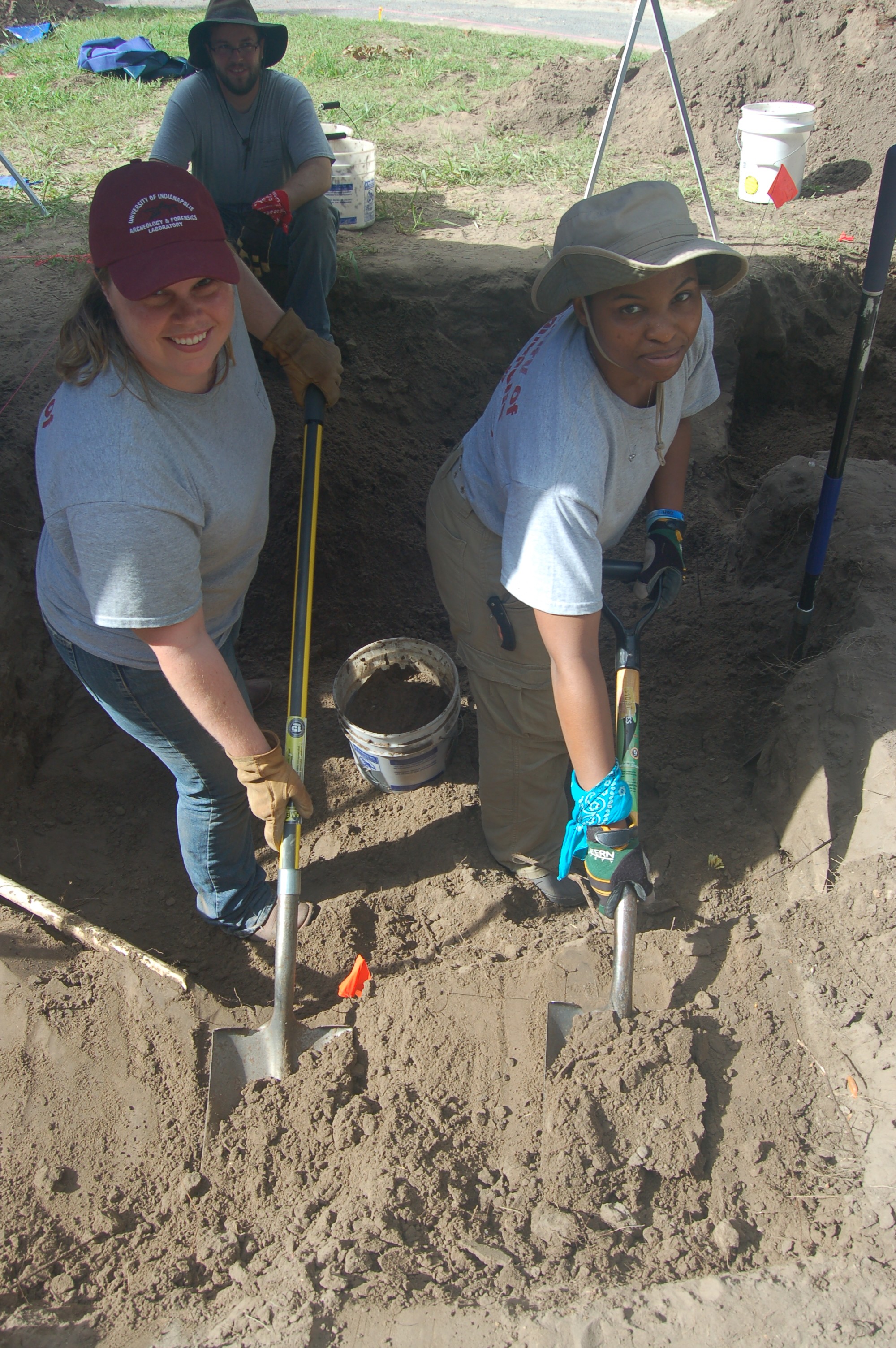
I had my own idea of what a ranch looked like and I was so far off. The idea of a ranch that I always imagined was wide open green acres, horses roaming freely, and a picture perfect landscape. When we got out there I saw high grasses and random spots of small trees with spiny thorns and areas of gathered wood. Nothing orderly or systematic about the land. I was able to freely explore and learn about. Lavoyger (the security manager) took us to an area where migrants come and camp for the night. A couple of the members of the group and myself walked through the area and gazed at all the torn clothes and empty bags on the ground. Empty jugs, cans, and bottles were scattered around the area. All of this was such an eye opener. We were discussing this scene and expressing how sad the situation was and how hard it would be to imagine being in this situation. And then it dawned on me that when the migrants make it to that area they are feeling a sense of accomplishment. They are so close to their destination and know that they have possibly made it through the worst of their travel. When I realized the perspective difference of the situation it was mind boggling. Something so bizarre and incomprehensible to us is welcoming and achievable to them.
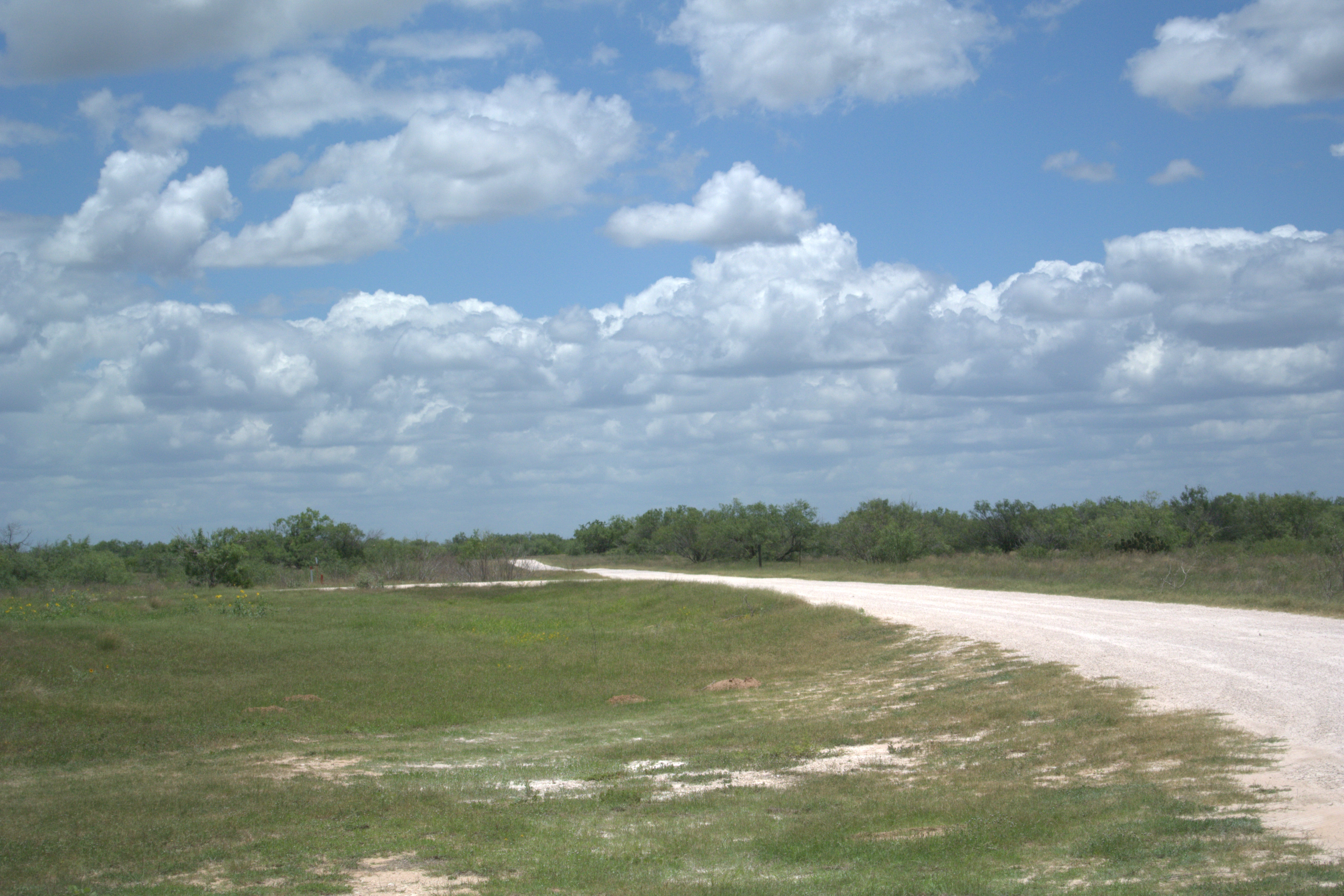 After the ranch we were invited to the constable’s house for dinner. It was quite an experience. The food was amazing and I am glad I was properly introduced to cowboy bread. The hospitality that we have received is so welcoming and I am grateful to everyone who has lent a helping hand.
After the ranch we were invited to the constable’s house for dinner. It was quite an experience. The food was amazing and I am glad I was properly introduced to cowboy bread. The hospitality that we have received is so welcoming and I am grateful to everyone who has lent a helping hand.
